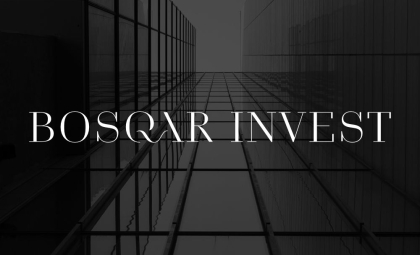
HELD PANEL DISCUSSION ON THE TOPIC OF ROI BENEFITS - RETURN ON INVESTMENT IN EMPLOYEE BENEFITS IN THE IT SECTOR
"On Tuesday, November 9th, Manpower Serbia hosted a panel discussion titled ""ROI Benefits - Return on Investment in Employee Benefits in the IT Sector"" at its premises. The company welcomed HR managers from IT companies and IT professionals.

The panel was moderated by Tijana Polak, IT Talent Acquisition Manager at Manpower Serbia, and the panelists included: Filip Kostić, Technical Consultant at Perficient; Dušan Jovanović, Head of Human Resources at sa.global; Emina Hodžić, Customer Success Director at Orgnostic; and Lana Mučalov, Regional Manager for Research at Assert International.

Some of the questions discussed during the panel included: Are the benefits offered by companies something that truly attracts people? How do we categorize the benefits offered in the market? Do benefits contribute to higher satisfaction and engagement among employees?
Attendees had the opportunity to hear data from research conducted on employee benefits, identifying the top benefits that are somewhat expected and hold the greatest value for employees, as well as the indicators used to measure the return on investment in the benefits system. An interesting finding was that about 40% of employees feel they cannot fully utilize the benefits provided by their employer, while more than a third are not familiar with all the components of their benefits package. Considering this, companies should set clear objectives and communication strategies before establishing a benefits system.
Filip Kostić categorized the benefits offered in the market from the perspective of an employee in the IT industry, highlighting what is significant for junior versus senior positions, and discussed the importance of personalizing benefits. Filip noted: ""There are various benefits. The more appealing ones are often financially more expensive than others. First, I would dismiss table tennis and table football, which are featured in almost every job ad I see. The most valuable benefit would be profit sharing, as the best motivation. Then, I would mention private pension and health insurance. A larger number of vacation days and flexible working hours are also excellent."
Dušan Jovanović shared insights into the specificities of the IT industry regarding benefits and how quantifying the ROI model can contribute to the HR manager's approach to creating such systems, as well as to company strategy and decision-making processes. Dušan explained ""that benefits are a very important factor in attracting and retaining talent in the IT industry, but not the only decisive one. What companies need to offer is an exceptional career path, employee development programs, and to promote the significance of organizational culture and belonging to the company they work for. Benefits are just part of the entire experience."
Emina Hodžić revealed the importance of KPIs in the benefits and compensation system, as well as who dictates the choice of benefits in today's job market, and compared snapshots of the local and global markets. Emina emphasized: ""In today's extremely competitive IT market, it is crucial that the decision to implement benefits is based on the company's culture and how to support it with those benefits, as well as employee feedback – what truly adds value to them. The primary KPI of all benefits is their utilization and the satisfaction of the end user, the employee. In HR terms, what is the cost of benefits compared to the cost of employee turnover.""
Lana Mučalov rounded out the discussion with interesting and useful figures about the possibility of tracking and measuring the return on investment in benefits due to the fact that the business cycle at one employer is shortened. In support of this, Lana said: ""It is important to continuously and systematically monitor the relationship between a company's costs and revenues and correlate them with performance indicators such as employee productivity, commitment, turnover, retention, etc. Also, it is necessary to analyze how changes in the benefits system correlate with the aforementioned indicators over a period of at least 2-3 years when regular evaluations of the compensation and benefits system are conducted.""
Attendees actively participated in the discussion, sharing their experiences in creating benefits systems and tracking their utilization, while also raising other interesting topics.
During the discussion, attendees also completed a brief survey, and you can find the most interesting responses below:"




